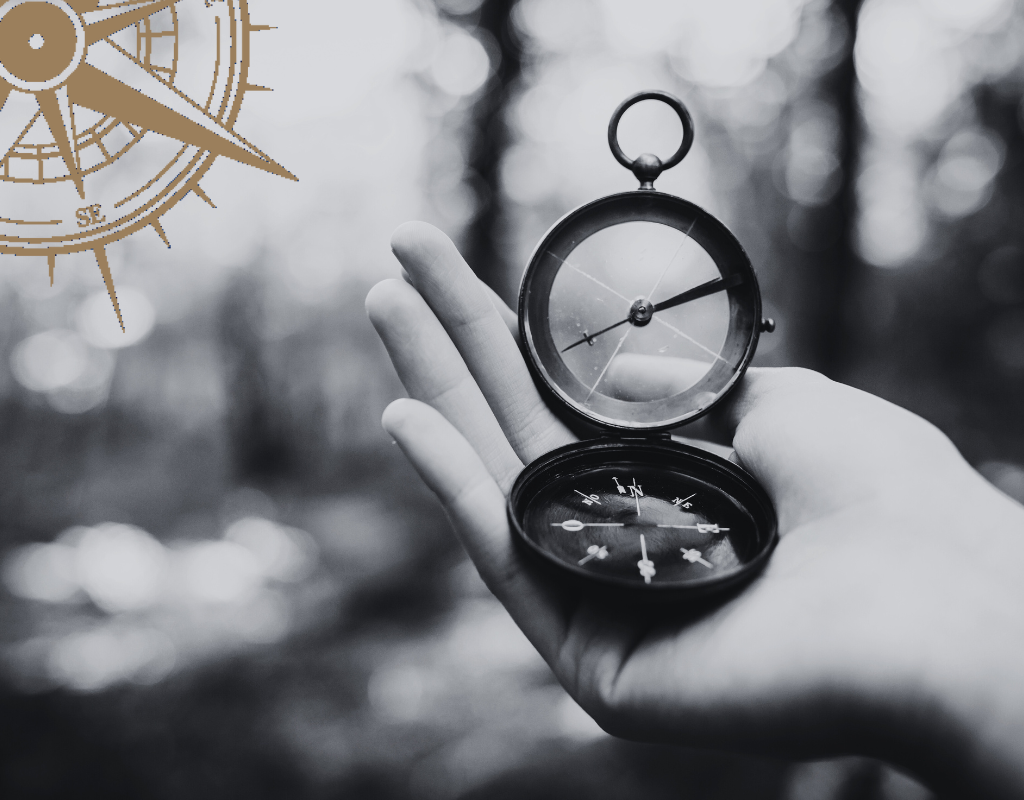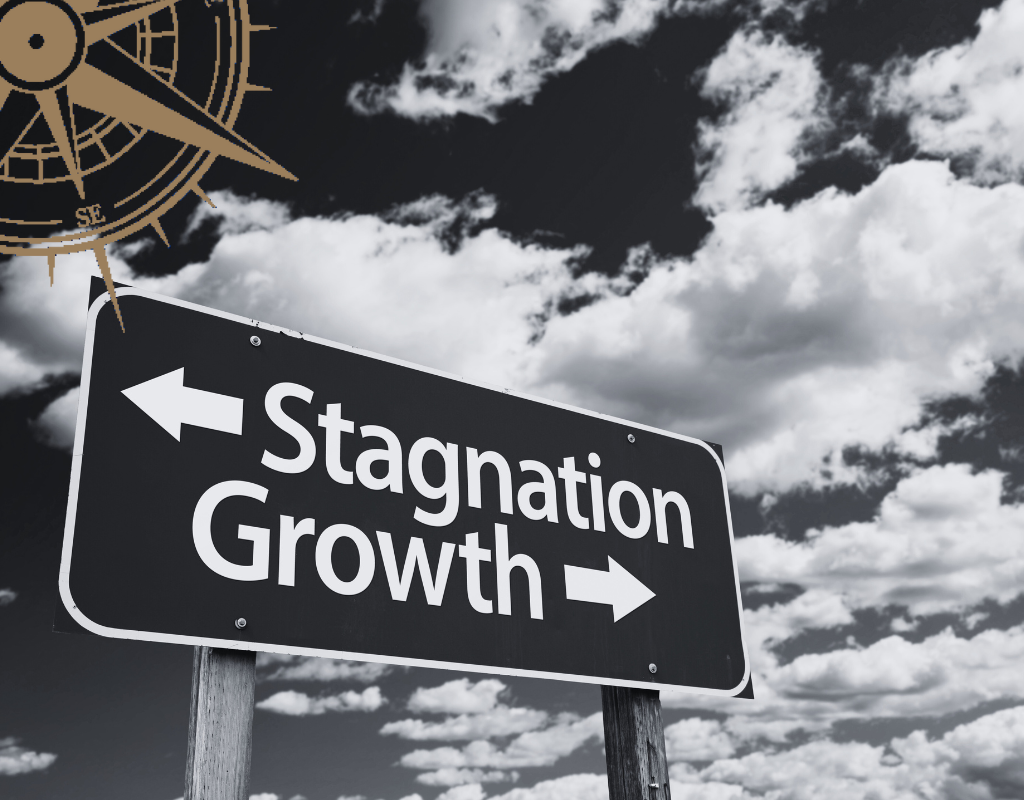Is Your Business Aligned with You or with Them?
|
If you’ve found yourself building a business that looks right on the outside but feels disconnected underneath, this one’s for you.
As a founder, it is easy to fall into the trap of comparison.
You watch how others do business, what offers they create, how they show up online.
You see their results, their confidence, and their momentum.
And a quiet thought slips in: Maybe if I just did it like them, it would all click.
But what you are seeing is their external order. Their structure, shaped by their values.
And when you try to adopt it without checking if it is truly aligned with your own, you start building someone else’s business. Not yours.
That is where fantasy creeps in.
The fantasy that if you just followed the same steps, it would all work for you too.
But that kind of success often feels heavy. Unsustainable. Out of sync.
Authenticity is what brings flow.
Not mimicry. Not forced structure. Not someone else’s voice.
When your business is built around your values, your priorities, and your vision, you actually want to show up for it.
You are more energised. More certain. More magnetic.
The moment you return to what matters to you is the moment things begin to align again.
Ask yourself:
Is the business I’m building a reflection of who I am?
Or is it built on borrowed values?
This is the work I support founders with.
Getting clear on what is truly yours, so your business becomes something you want to sustain.
With love and light,
Tanya Cross Leadership Coach & The Coaches’ Coach Master Certified Demartini Method Facilitator BAppSoSc (Counselling) The Coaches’ Coach (TCC) |









